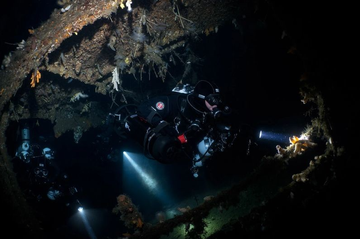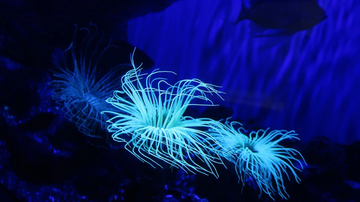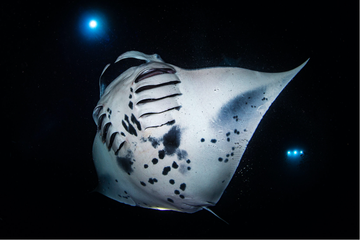Underwater, sound transmission is difficult and gesture language is limited, but the diving light can become your "underwater walkie-talkie". Through different flashing modes, divers can transmit emergency signals, coordinate actions, and even locate teammates when visibility is extremely low. Today, we will unlock the "Morse code" of the diving light to make your underwater communication more efficient and safer!
- Basic underwater light signals
These are the most common signals used by divers and are applicable to most diving situations:
| Signal | Flashing mode | meaning |
|---|---|---|
| Single long light | 🔦————— | "I'm here" / "Safe" (used to confirm location or respond to teammates) |
| Fast flashing | 🔦🔦🔦🔦🔦(More than 5 times in a row) | "Help" / "Emergency" (similar to SOS) |
| Regular flashing | 🔦——🔦——🔦(1 second interval) | "Watch me" / "Something's happening" (attracting the attention of teammates) |
| Circle Irradiation | Draw circles in water | "Gather" / "Come here" (often used for team gatherings) |
Tips: In waters with poor visibility, you can use a light to illuminate your hands so that your teammates can see your gestures clearly.
2. Special signals for team collaboration
If you are technical diving, cave diving or night diving, more complex signals can improve teamwork:
| Signal | meaning |
|---|---|
| Two short flashes + one long flash (🔦🔦——🔦) | "Check air pressure" (remind teammates to check the residual pressure gauge) |
| Three short flashes + pause (🔦🔦🔦…) | "There is a problem, stop moving forward" (signaling the team to stop) |
| Solid light + left and right swing | "Found the exit" / "Go this way" (guiding directions) |
| The light quickly sweeps up and down | "There are dangerous creatures" (such as sharks, jellyfish, etc.) |
3. Emergency: Underwater SOS Signal
If you experience equipment failure, become separated, or experience symptoms of decompression sickness, you must send a distress signal quickly:
1. Internationally used underwater SOS (🔦🔦🔦———🔦🔦🔦)
3 short flashes + 3 long flashes + 3 short flashes (SOS imitating Morse code).
Repeat several times to ensure that nearby divers or ships notice it.
2. Other emergency signals
Continuous rapid flashes (🔦🔦🔦🔦…): means "urgent help is needed".
Shine the light on the water surface and draw a large circle: ask for help from the surface support team.
⚠️ Note: In open waters, it can be used in conjunction with a surface buoy (DSMB) and a sound device (whistle).
4. Precautions for communication with diving lights
Avoid direct exposure to the eyes: Underwater light is highly scattered, which can easily cause glare or even temporary blindness.
Agree on signals in advance: If it is a new team, unify the meaning of light signals before entering the water.
Backup lights: Technical diving recommends carrying a main light + backup light to prevent loss of connection due to failure.
Use with caution when visibility is poor: In turbid waters, too much light may increase visual confusion.
5. Practical Exercise: Simulated Scenarios
Scenario 1: Lost with teammates during night dive
Operation: Keep the light on for 2 seconds, pause, and then keep it on for 2 seconds (similar to a "lighthouse signal") to help teammates locate.
Scenario 2: Found that the teammate's cylinder was leaking
Operation: Flash quickly 3 times + illuminate his residual pressure gauge to attract attention.
Mastering dive light signals is like having an additional "underwater survival skill." Whether you're doing recreational diving or technical exploration, clear light communication can greatly improve safety and team efficiency. Try these tips on your next dive!





